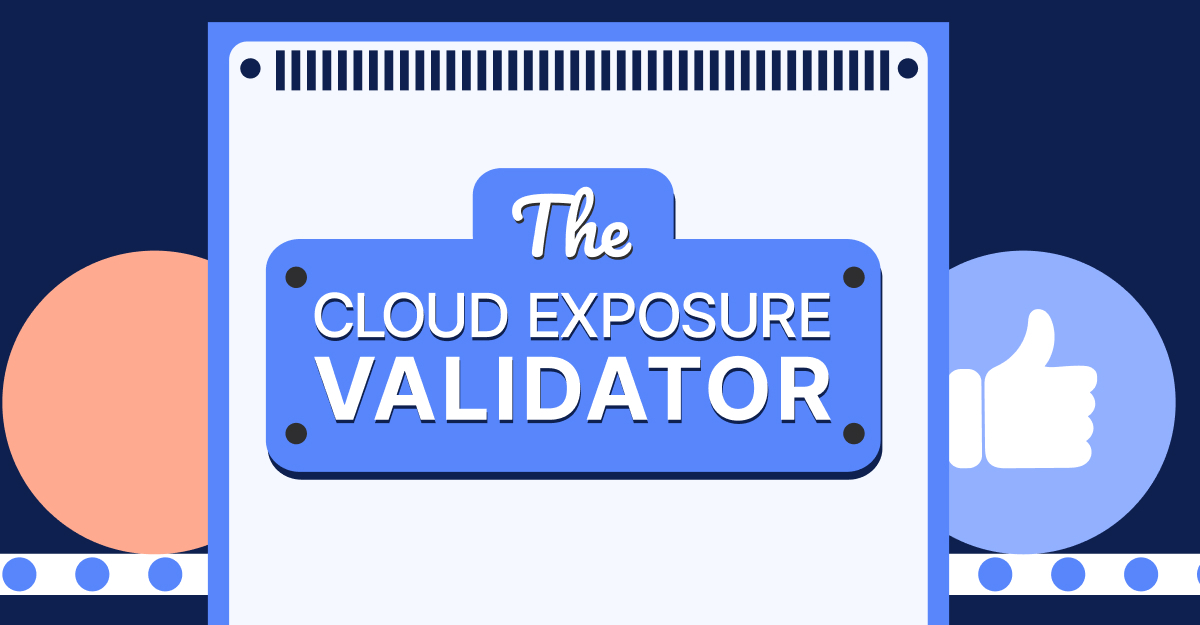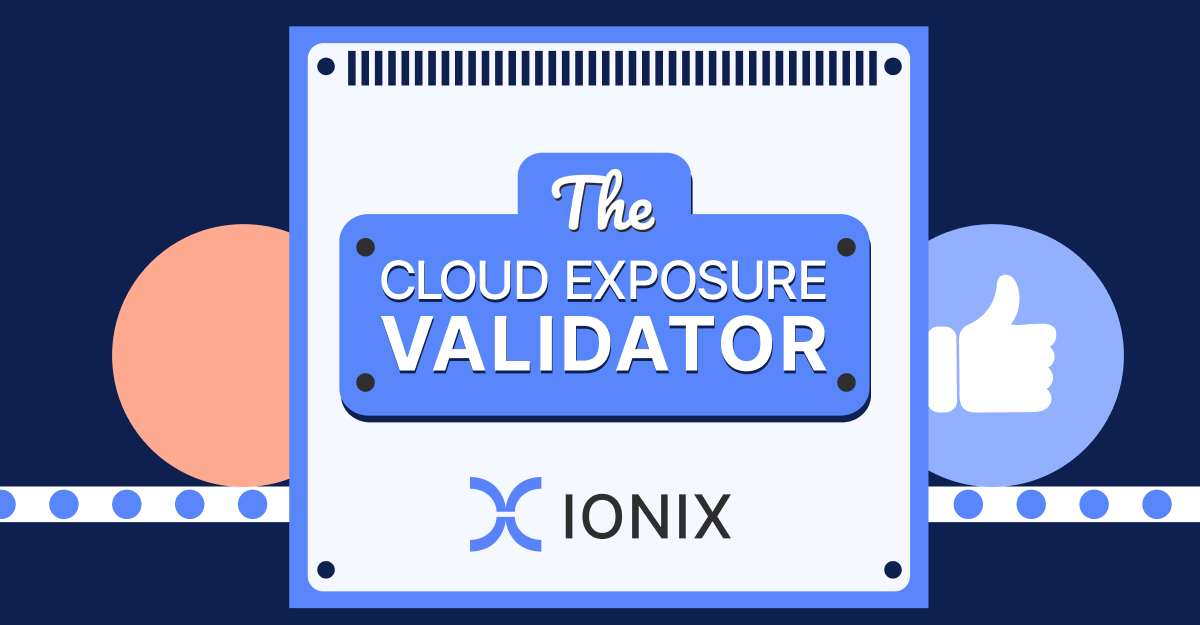What Is Cyber Asset Attack Surface Management (CAASM)?
Cyber Asset Attack Surface Management (CAASM) is a process for achieving complete visibility into an organization’s digital attack surfaces, both internal and external. It involves identifying corporate assets, detecting vulnerabilities in these assets, and taking action to manage potential cyber risks faced by the business.
In this article
The importance of CAASM
Many organizations have complex and expanding digital attack surfaces. In addition to on-prem infrastructure, nearly all organizations have some cloud footprint. Some of this may be official, but employees may also be using unapproved SaaS applications and other systems.
CAASM is important because it provides an organization with crucial visibility into and control over its digital attack surface. By proactively identifying assets and mapping potential security risks, an organization can reduce its attack surface and improve security efficiency and the costs associated with remediation efforts.
How CAASM Works
CAASM’s role is to provide an organization with comprehensive visibility into the various attack vectors that exist within its internal and external attack surfaces. To accomplish this, CAASM solutions perform the following functions:
- Asset Discovery: CAASM solutions use various methods to identify the corporate assets that make up an organization’s digital attack surfaces. These can include network scanning, API-based integrations, agent-based monitoring, and more.
- Vulnerability Identification: After generating a complete asset inventory, CAASM solutions can begin evaluating these assets for potential vulnerabilities and security risks. This can include scanning for known CVEs and looking for misconfigurations, missing security controls, and other security gaps.
- Risk Prioritization: CAASM systems prioritize identified threats based on vulnerability severity, exploitability, and potential impacts on the organization. This helps to ensure that remediation efforts are properly prioritized and designed to maximize return on investment (ROI).
- Threat Remediation: CAASM’s goal is to provide security personnel with a comprehensive, prioritized list of threats to address. CAASM solutions may also offer guidance or support for addressing the identified vulnerabilities.
- Continuous Monitoring: An organization’s security risk exposure can change rapidly as applications are deployed or updated. CAASM solutions should incorporate continuous monitoring and risk assessment to ensure that security teams have access to up-to-date data.
Challenges in Implementing CAASM
CAASM has significant potential, enabling organizations to reduce their exposure to cybersecurity risk. However, implementing CAASM can be challenging for various reasons, including:
- Complex Environments: Corporate environments are growing increasingly complex as companies adopt cloud computing and the Internet of Things. This raises the difficulty of implementing CAASM, which needs to identify a wide variety of devices connected to the corporate network.
- Asset Discovery: Some CAASM solutions rely on API integrations and similar techniques to identify an organization’s assets. However, this means that the organization can only find those assets officially acknowledged and managed by the company.
- Evolving Threats: Identifying the various risks that an organization faces requires an understanding of known vulnerabilities and attacker capabilities. With rapidly evolving threats, CAASM solutions may struggle to keep abreast of the latest threats.
- Risk Prioritization: CAASM solutions may prioritize identified threats using severity scores like traditional vulnerability management (VM) solutions. However, high severity doesn’t necessarily map to a significant threat to the business and vice versa. CAASM solutions need to be able to collect and analyze contextual data to determine whether a particular threat requires immediate remediation or can wait until later.
Key Features of a Robust CAASM Platform
CAASM has the potential to dramatically improve security visibility and corporate cybersecurity if implemented correctly. Some key elements of a CAASM platform include the following:
- Comprehensive Asset Visibility: CAASM’s primary purpose is to provide an organization with full visibility into its security risk exposures. Achieving this requires full visibility into every aspect of its environment, including internal and external attack surfaces and cloud environments.
- Security Integration: Integration with an organization’s existing security architecture is a key step toward achieving this visibility. API-based integration with common security tools expands visibility and provides higher-quality data for CAASM.
- Business-Centric Prioritization: Prioritizing threats based on severity scores misses key context for determining business impacts. Instead, CAASM solutions should understand key IT assets and business workflows to accurately estimate the likelihood and impact of an exploit.
- Remediation Support: The end goal of CAASM and other attack surface management (ASM) practices is reducing risk exposure via vulnerability remediation. CAASM solutions should support these remediation efforts by providing guidance on how to address a threat or using their integrations with other security tools to automatically take action to close security gaps.
- Real-Time Analytics and Reporting: An organization’s risk exposure can change rapidly, so new, top-priority risks can be introduced at any time. CAASM solutions should perform continuous monitoring and update risk priority lists in real time.
How IONIX Complements CAASM Solutions
CAASM is designed to provide broad visibility across an organization’s internal and external attack surfaces. This enables security teams to proactively identify and address security risks before they can be exploited by an attacker.
The IONIX platform is an external attack surface management (EASM) platform that complements CAASM tools by providing in-depth visibility into elements of an organization’s external digital attack surface that CAASM might miss.
Key components include:
- Shadow IT detection with multi-faceted asset identification.
- Digital supply chain analysis for third-party risk detection.
- Comprehensive visibility into SaaS and other cloud risks.
- Vulnerability validation to eliminate false-positive detections.
Attack surface visibility is critical to proactively remediating cyber threats and reducing the risk of cyberattacks. Learn more about regaining visibility and control over your digital attack surface with a free demo.


